Bacteria of the genus Vibrio belong to the gram-negative bacteria. Most of these bacteria live in water. A well-known pathogen in the family is Vibrio cholerae, the causative agent of cholera.
What are Vibrio bacteria?
Bacteria of the genus Vibrio are also called Vibrios designated. Vibrions are gram-negative bacteria. They can be stained red in the Gram stain. In contrast to gram-positive bacteria, gram-negative bacteria have a thin layer of peptidoglycan made of murein. In addition, they are surrounded by an outer cell membrane.
The gram-negative vibrios are curved rod-shaped bacteria. They have so-called unipolar flagella on their outer wall. Flagella are cell processes that act as locomotor organelles for bacteria. Flagged bacteria like vibrios can swim towards targets or move away from damaging locations. These operations are known as positive and negative taxis.
Well-known representatives of Vibrions are Vibrio alginolyticus, Vibrio harveyi, Vibrio parahaemolyticus, Vibrio natriegens, Vibrio cholerae and Vibrio fischeri. The pathogens Vibrio cholerae, Vibrio vulnifiucs and Vibrio parahaemolyticus are dangerous for humans.
Occurrence, Distribution & Properties
Vibrions are mainly native to fresh and salt water. Thanks to their flagella, the rod bacteria can move in the water in a targeted manner. The pathogen Vibrio cholerae also feels particularly at home in brackish and coastal waters. Uptake through contaminated water is the main route of infection. The main source of infection is usually insufficiently treated drinking water. Food that has come into contact with the contaminated water is also potentially infectious. For example, fruit and vegetables are contaminated during fertilization or sprayed with contaminated water. A person can thus become infected with cholera by consuming food. Vibrio cholerae is still found more frequently in fish or seafood.
Patients with cholera pass the pathogen with stool or vomit. The pathogen can be detected in the stool for a few more weeks. However, smear infections are a rarer source of infection.
While the pathogen causing cholera is more likely to be found in Asia and Africa today, Vibrio vulnifiucs also feels at home on the German Baltic coast due to the low salt content and the strong warming. Vibrio vulnifiucs often enters the body through the consumption of seafood, and in particular through the consumption of oysters. The rod bacteria can, however, enter the body through open wounds when swimming or wading in contaminated waters. The tiniest injuries are sufficient for this. As long as the water is cold, the bacteria are on the ocean floor. As soon as the sea warms up to 15 to 20 ° Celsius, they rise and multiply rapidly.
The pathogen Vibrio parahaemolyticus also lives in seawater. This pathogen lives mainly in South and North America. Infections with Vibrio parahaemolyticus also occur rarely in Europe.The main sources of infection are fish and seafood.
You can find your medication here
➔ Medication for diarrheaIllnesses & ailments
The pathogen Vibrio cholerae causes the serious bacterial infectious disease cholera. However, cholera only breaks out in around 15 percent of people who have contracted the pathogen. People with blood type AB very rarely develop symptoms. People with blood group 0 are particularly at risk.
The first symptoms appear two to three days after contact with the pathogen. Cholera typically has three stages. The first stage is accompanied by sudden vomiting diarrhea. The thin stool is often interspersed with flakes of mucus. It is therefore also known as the rice water chair. Pain rarely occurs.
The second stage is characterized by a lack of fluids. Much fluid is lost due to the persistent diarrhea. The loss of fluid can be up to 20 liters per day. Due to the water and salt loss, the patients have a high and very hoarse voice, the so-called vox cholerica. The loss of electrolytes leads to muscle cramps. The patient's face is sunken, the eyes are sunken. The blood pressure is low and the heart is beating very quickly. A pulse can hardly be felt in the extremities.
In the third stage, the body reacts with drowsiness or even coma. The patients are confused. Complications such as pneumonia, parotid gland infections or sepsis can occur.
An infection with pathogenic strains of Vibrio parahaemolyticus usually results in acute gastroenteritis. This gastrointestinal inflammation initially manifests itself as tiredness, nausea and vomiting. After a few hours, diarrhea occurs. The stomach symptoms then usually subside. Depending on the extent of the disease and the damage to the intestinal mucosa, the diarrhea can be bloody. The intestinal activity is increased, so that cramp-like abdominal pain can occur. Fever and dizziness are also possible symptoms. If the diarrhea or vomiting persists, the loss of fluid can lead to desiccosis (dehydration).
If the pathogen Vibrio vulnificus enters the body via the digestive tract, vomiting and diarrhea occur. Diarrhea and vomiting are accompanied by severe abdominal pain. The pathogen can also enter the body through minimal injuries. Dermatitis with blisters then develops at the point of entry. The blisters burst quite quickly, leaving bleeding and painful wounds. Life-threatening sepsis can develop in people with a weakened immune system within a short period of time.

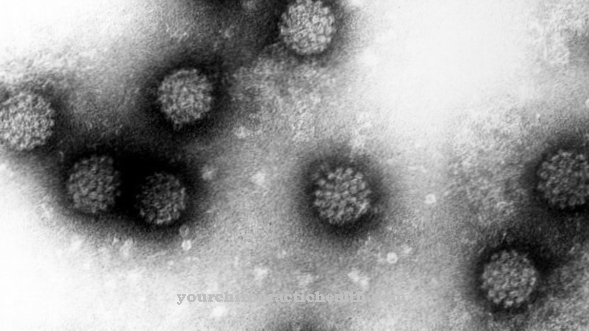
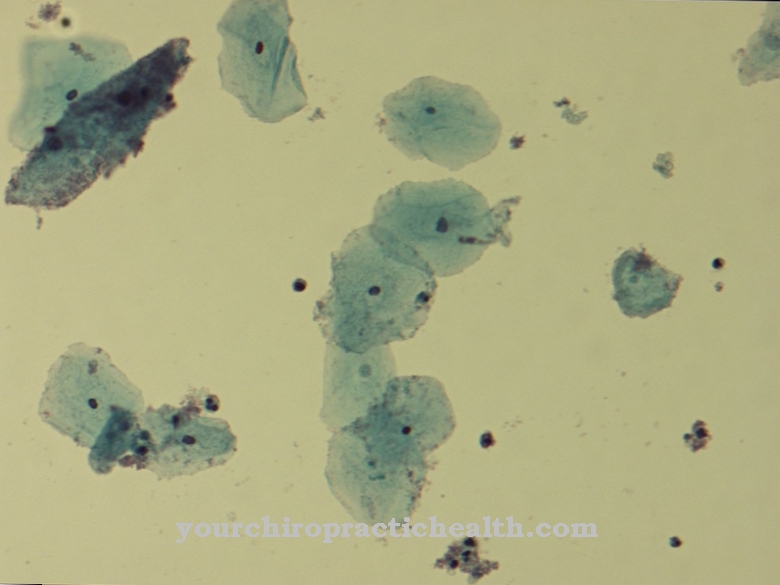
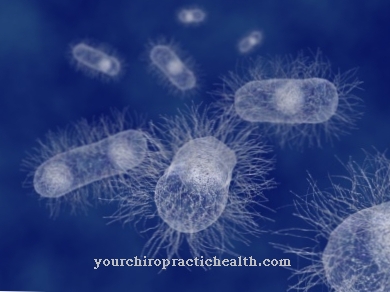
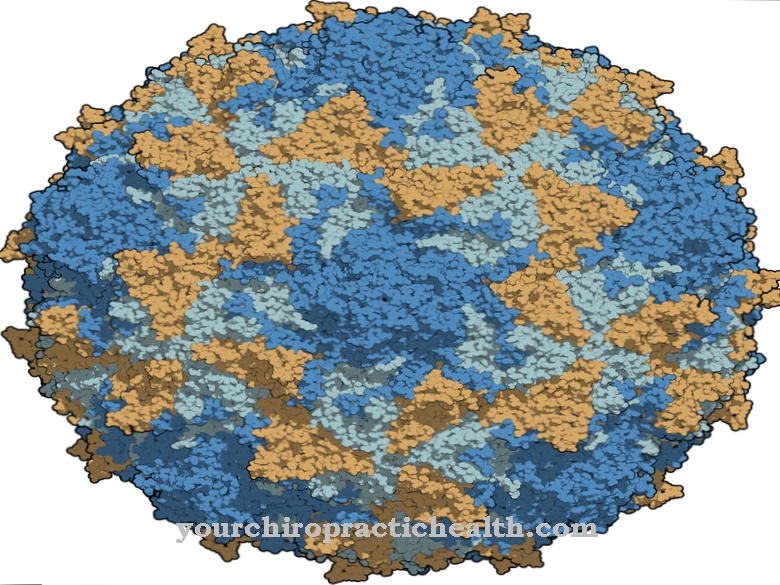

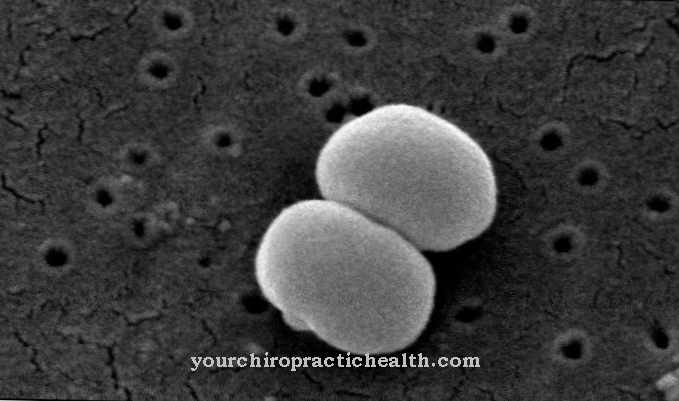


















.jpg)


